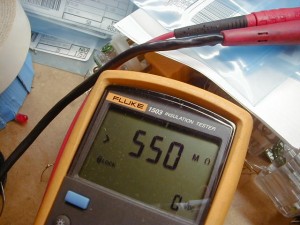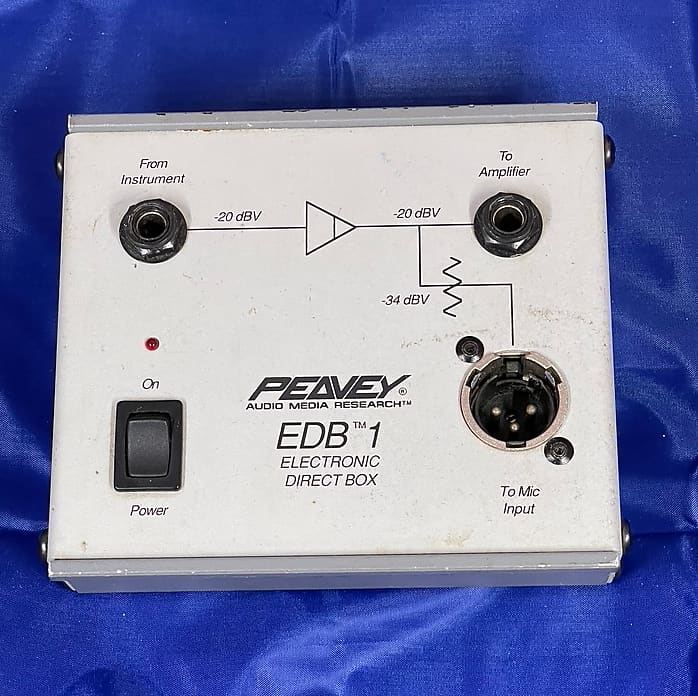I have been looking at a rather cheap preamp from Thoman/Harley Benton called "Harley Benton Custom Line Bass DI-Expander" (Harley Benton Custom Line Bass DI-Expander)
to be used as a preamp for my friends double bass with a piezo pickup. The input impedance is only 680 kOhm but its a "well known fact" that the minimum input impedance for a piezo pickup should be 1 Mohm to avoid loss of bass response, which is even more important for a double bass than a guitar. I am aware that resistance and impedance are not the same. But if I put a 400kOhm resistor in series on the input of the preamp would the piezo pickup then "see" an imput impedance around 1 MOhm?
to be used as a preamp for my friends double bass with a piezo pickup. The input impedance is only 680 kOhm but its a "well known fact" that the minimum input impedance for a piezo pickup should be 1 Mohm to avoid loss of bass response, which is even more important for a double bass than a guitar. I am aware that resistance and impedance are not the same. But if I put a 400kOhm resistor in series on the input of the preamp would the piezo pickup then "see" an imput impedance around 1 MOhm?




